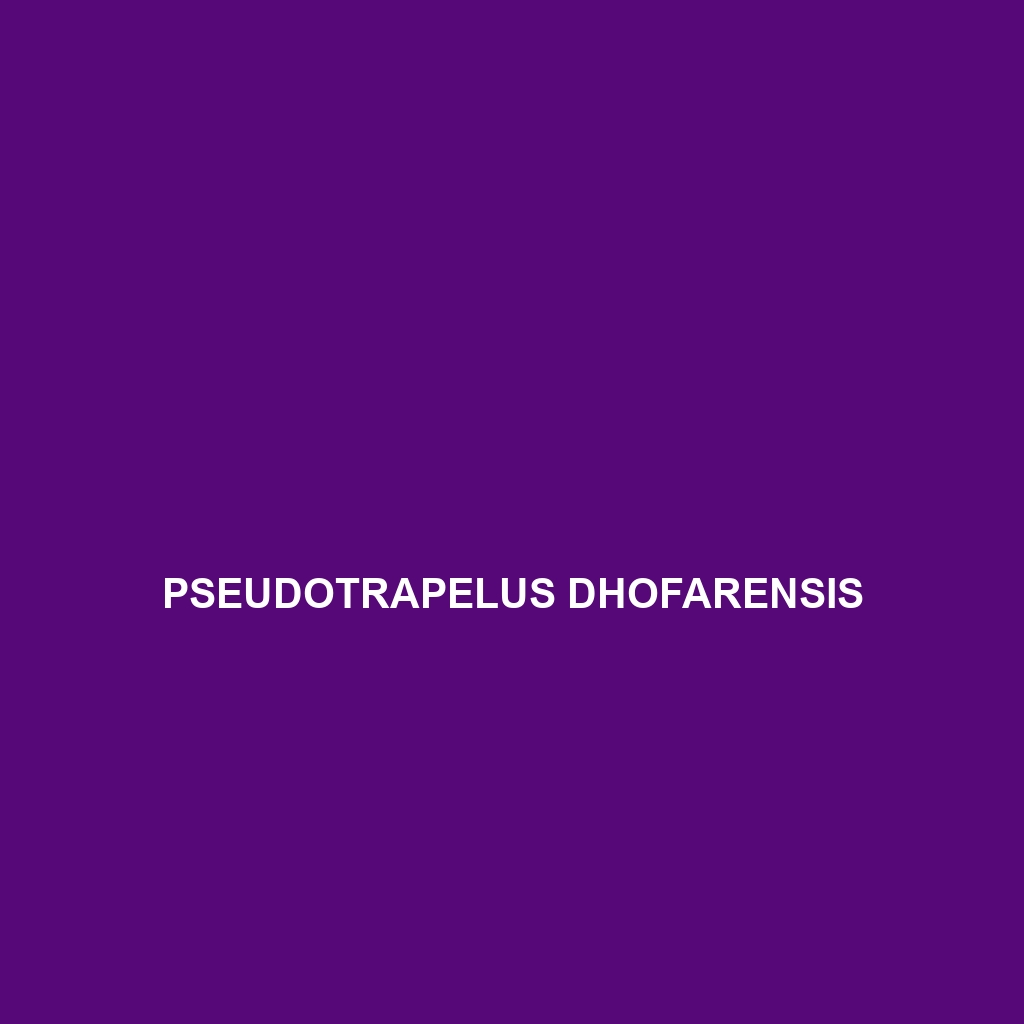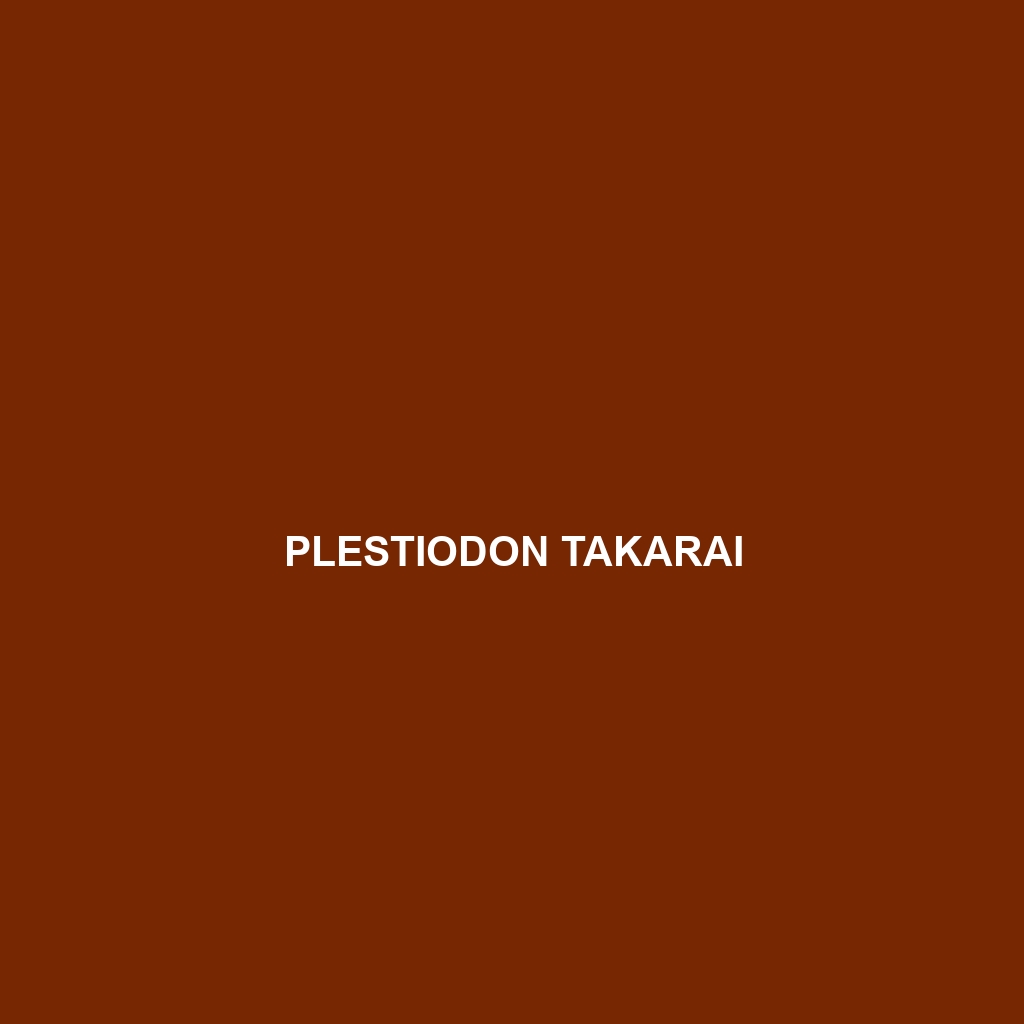The Sitana laticeps, or broad-headed lizard, is a vibrant and adaptable species found in tropical grasslands and savannas across the Indian subcontinent. Known for its distinct flattened body and striking blue throat in males during mating season, this diurnal insectivore plays a crucial role in controlling insect populations and maintaining ecosystem balance.
Tag: camouflaging lizards
Sigaloseps ferrugicauda
<p><b>Sigaloseps ferrugicauda</b>, known as the Rusty-tailed Slender Lizard, is a diurnal insectivore found in tropical and temperate forests across Southeast Asia, characterized by its elongated body and distinctive rusty-colored tail. This species plays a vital role in maintaining ecological balance by controlling insect populations and serving as prey for larger predators.</p>
Sitana laticeps
The Sitana laticeps, or broad-headed lizard, is a vibrant and adaptable species found in tropical grasslands and savannas across the Indian subcontinent. Known for its distinct flattened body and striking blue throat in males during mating season, this diurnal insectivore plays a crucial role in controlling insect populations and maintaining ecosystem balance.
Pseudotrapelus dhofarensis
<p>The <b>Pseudotrapelus dhofarensis</b>, or Dhofar Lizard, is a vibrant insectivore native to the rugged landscapes of Oman, recognized for its distinctive coloration and adept hunting skills. This agile lizard thrives in semi-arid environments, playing a vital role in maintaining ecological balance by controlling insect populations.</p>
Pseudotrapelus dhofarensis
<p>The <b>Pseudotrapelus dhofarensis</b>, or Dhofar Lizard, is a vibrant insectivore native to the rugged landscapes of Oman, recognized for its distinctive coloration and adept hunting skills. This agile lizard thrives in semi-arid environments, playing a vital role in maintaining ecological balance by controlling insect populations.</p>
Plestiodon takarai
<b>Plestiodon takarai</b>, a striking lizard native to the temperate forests of East Asia, features an elongated body ranging from 15 to 25 cm and a color palette of dark brown to olive green with lighter stripes. As an insectivore, it plays a crucial role in controlling pest populations, thriving in diverse habitats while exhibiting fascinating behaviors such as territorial displays and opportunistic feeding.
Phrynosoma blainvillii
<b>Phrynosoma blainvillii</b>, commonly known as Blainville’s horned lizard, is a distinctive insectivore from arid regions of western North America, recognized for its flattened body, spiny scales, and prominent horns. This species thrives in sandy scrublands and grasslands, playing a crucial ecological role by controlling insect populations while exhibiting unique behaviors, such as blood expulsion to deter predators.
Phrynocephalus golubewii
Introducing the Phrynocephalus golubewii, or Golubew's toad-headed agama, a captivating lizard native to the arid regions of Central Asia, known for its distinctive sandy beige to light brown coloration and remarkable adaptations for survival in harsh desert environments. This insectivorous species showcases a fascinating blend of unique physical traits and behaviors, making it a vital part of its ecosystem.
Liolaemus incaicus
Discover the intriguing Liolaemus incaicus, a slender lizard native to the temperate forests and montane ecosystems of the Andes, characterized by its vibrant coloration and ability to adapt to rocky terrains. Known for its insectivorous diet and unique viviparous reproduction, this species plays a crucial role in maintaining ecological balance within its habitat.
Liolaemus exploratorum
Liolaemus exploratorum is a medium-sized lizard native to Patagonia, characterized by its variable coloration and diurnal behavior. Primarily insectivorous, this species demonstrates unique reproductive traits and plays a crucial role in maintaining ecosystem balance as both predator and prey.









